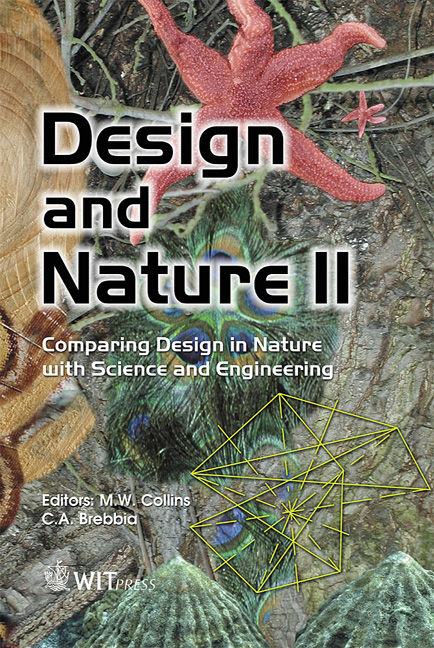Matching Nature With ‘Complex Geometry' – An Architectural History
Price
Free (open access)
Transaction
Volume
73
Pages
10
Published
2004
Size
1,066 kb
Paper DOI
10.2495/DN040561
Copyright
WIT Press
Author(s)
J. Tomlow
Abstract
Matching nature with ‘Complex Geometry’ – J. Tomlow Hochschule Zittau/Görlitz (FH), Germany Abstract In human history research in geometry takes a central place between other scientific developments. A major content was clearly defined already around 300 B.C. in Euclid’s book \“Elements”. This paper gives an overview of human handling of Complex Geometry, which reaches beyond the simple forms like square/cube and circle/sphere. Complex Geometry includes the cone and its sections, ruled surfaces and polyhedra. Cone sections and polyhedra are part of Euclid’s knowledge, but geometricians and architects had a hard job to depict these forms well and thus to understand them, let alone to use them. People got interested in Complex Geometry, in order to copy \“perfect” natural shapes like crystals. More important was, that simple geometry turned out to be not sufficient for establishing innovative design. By its hermetic structure, Complex Geometry has the power to generate surprising shapes along a lo
Keywords





